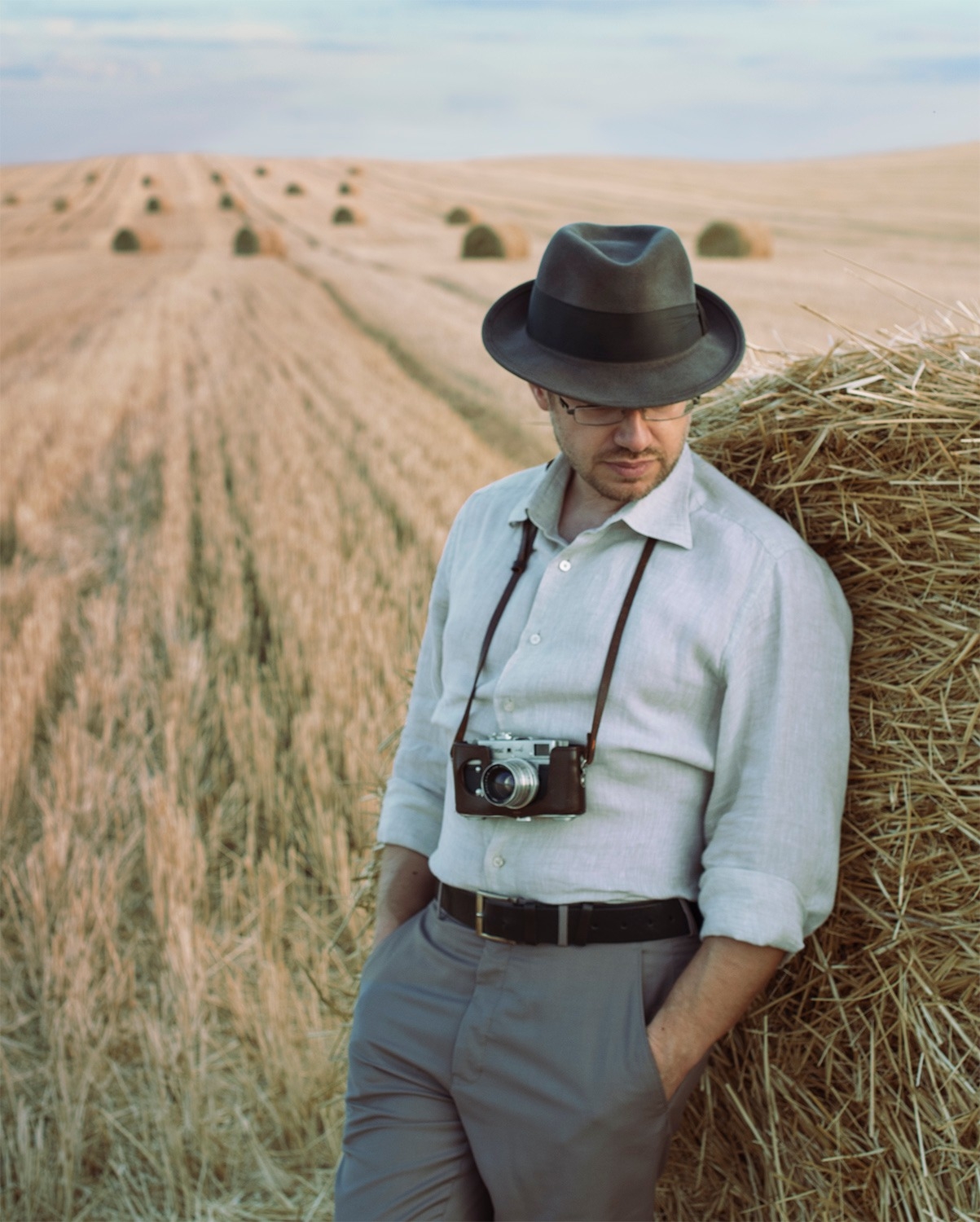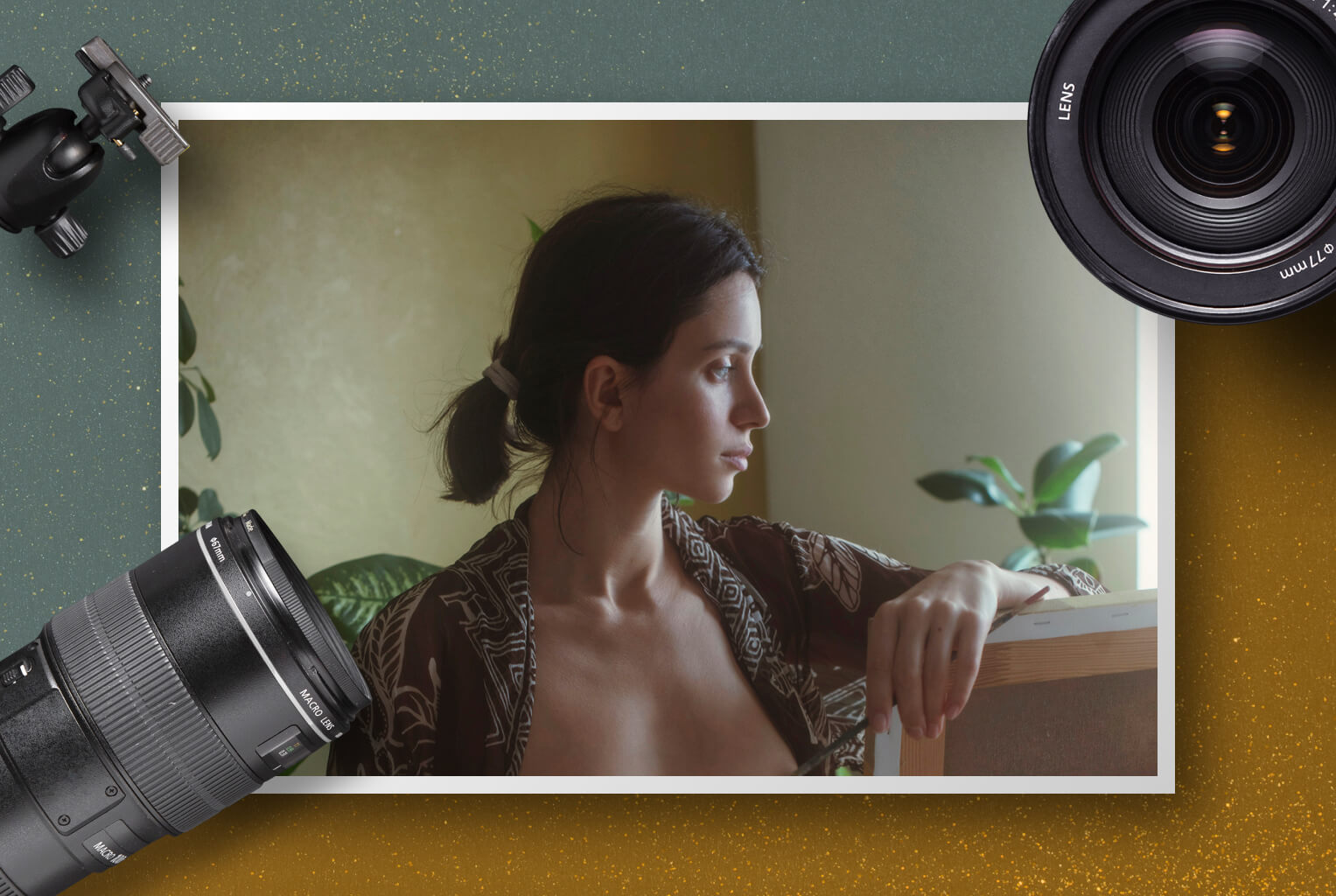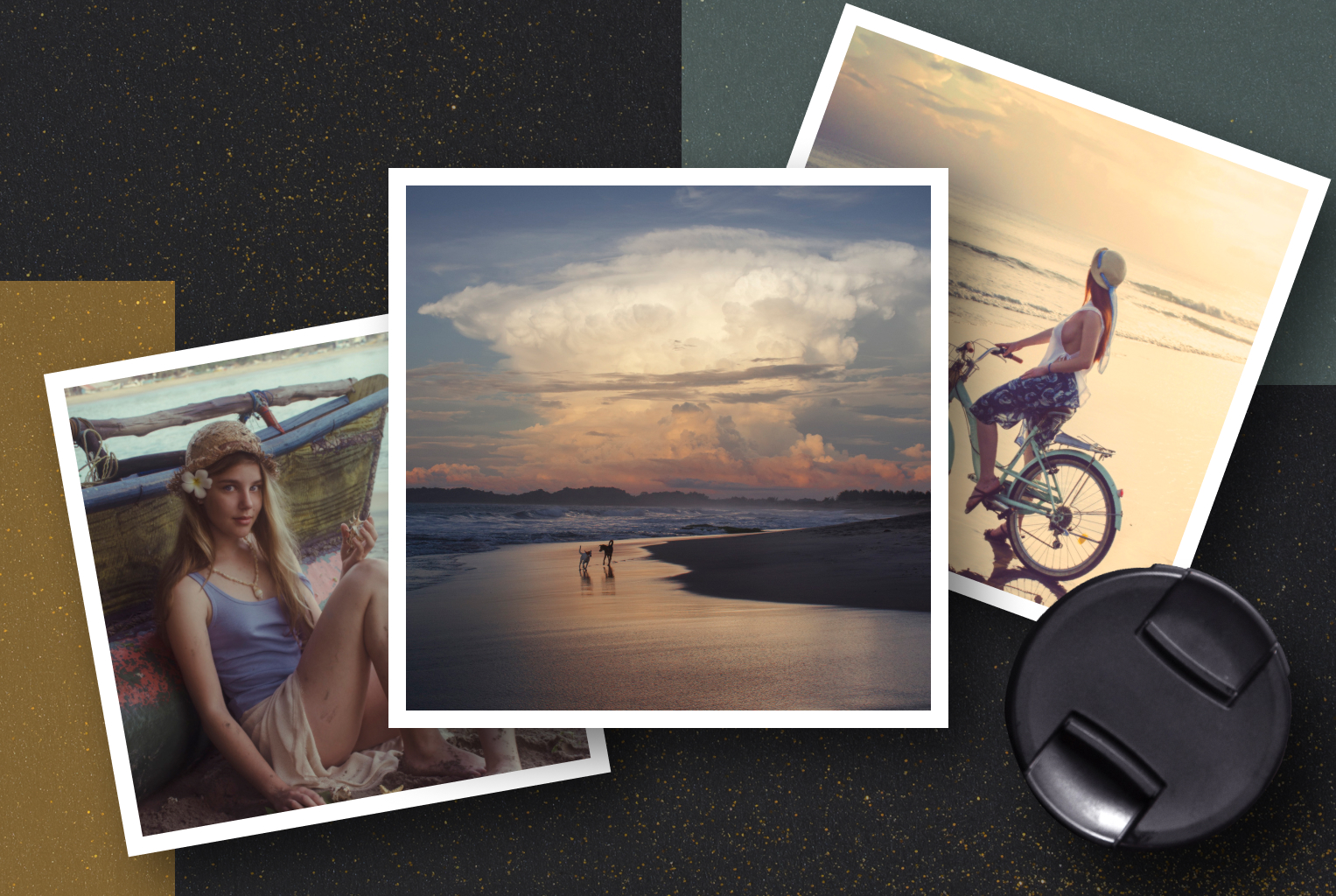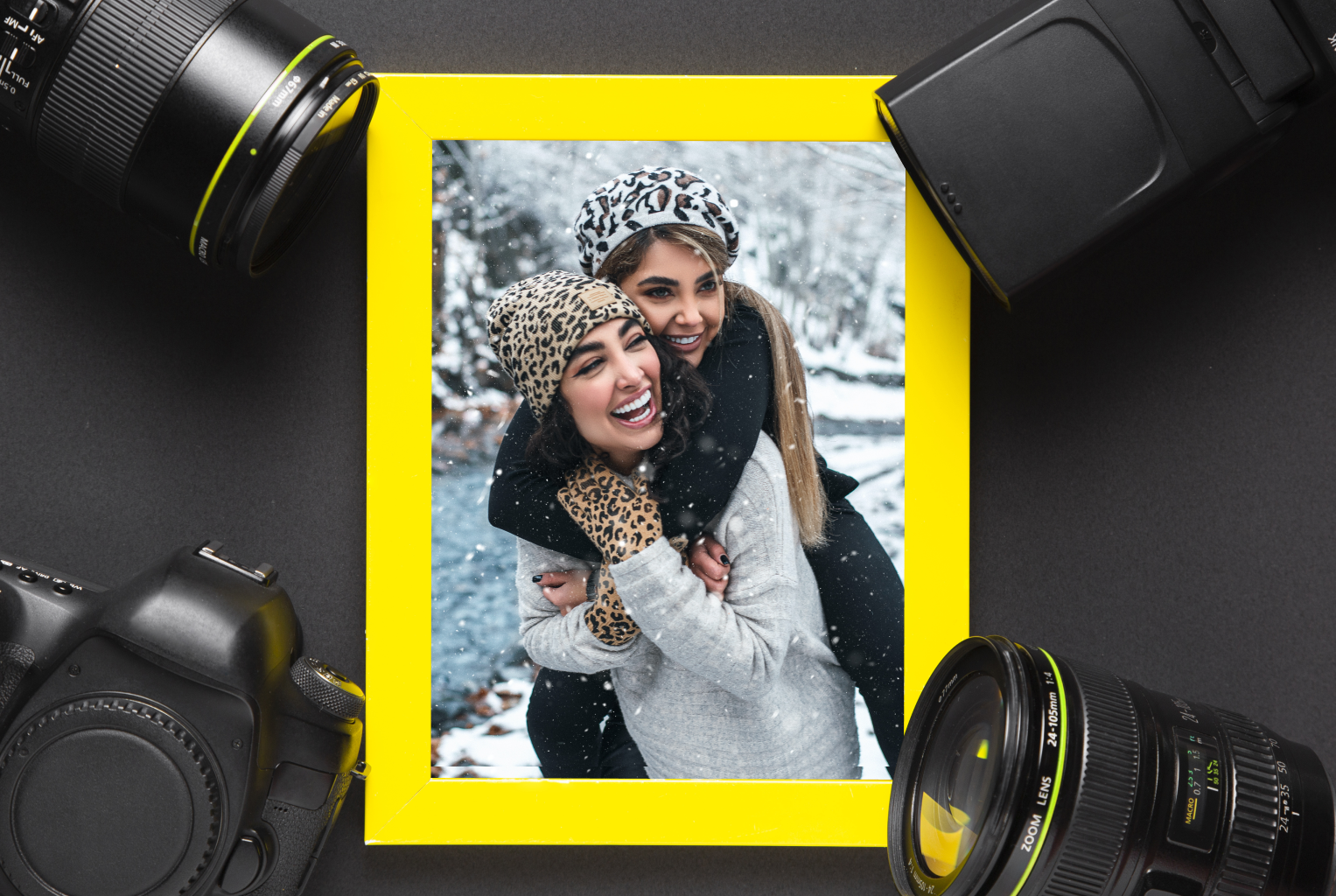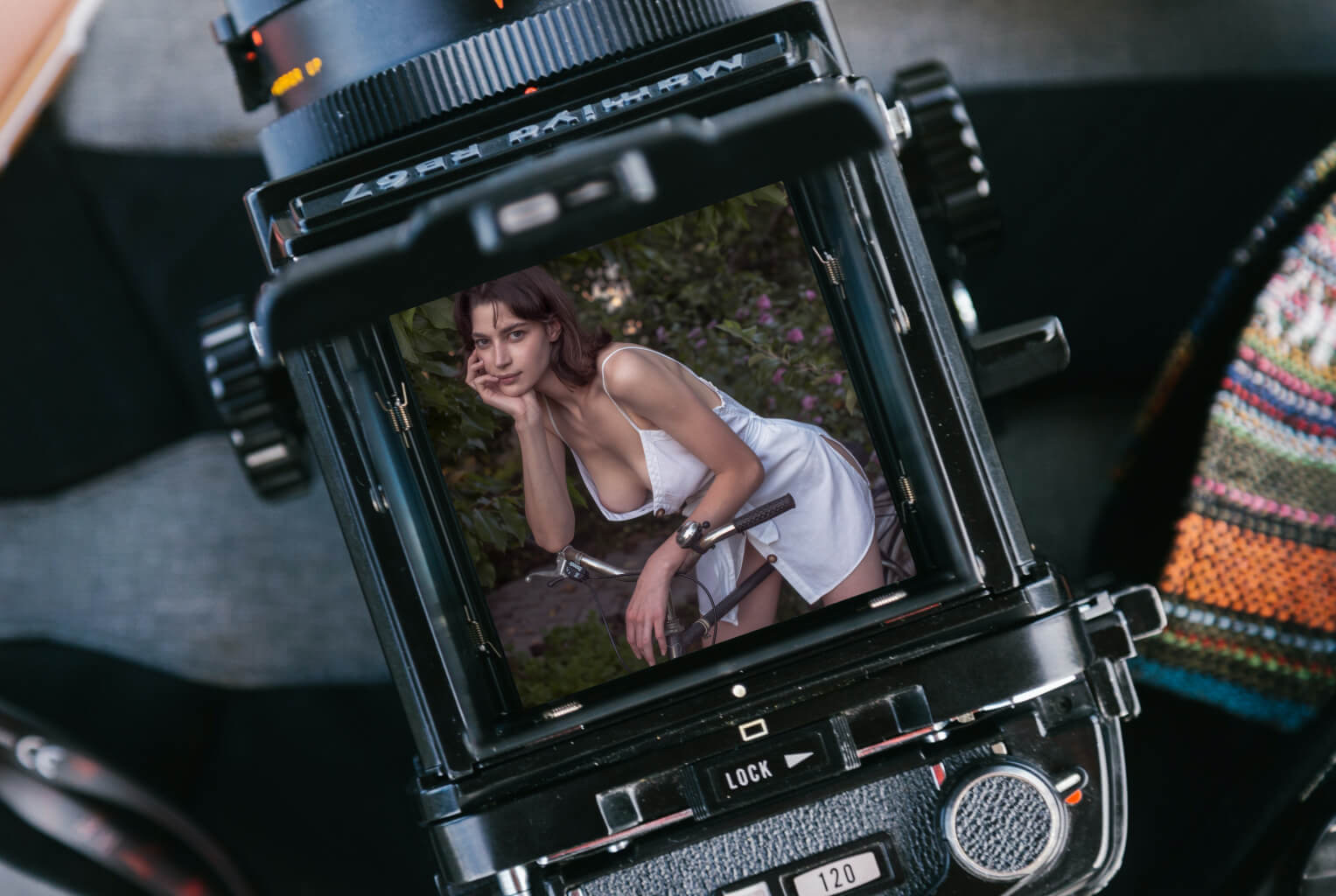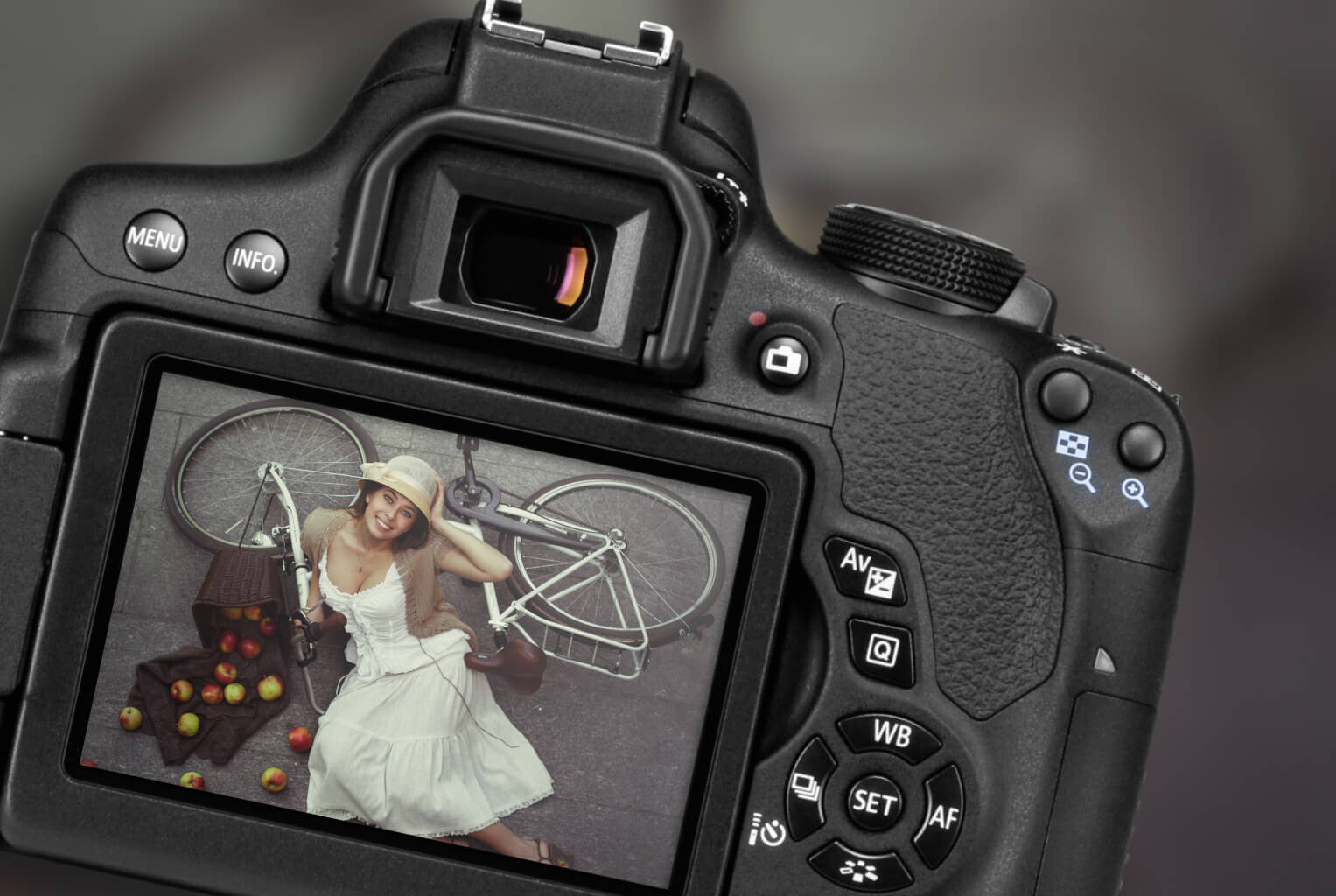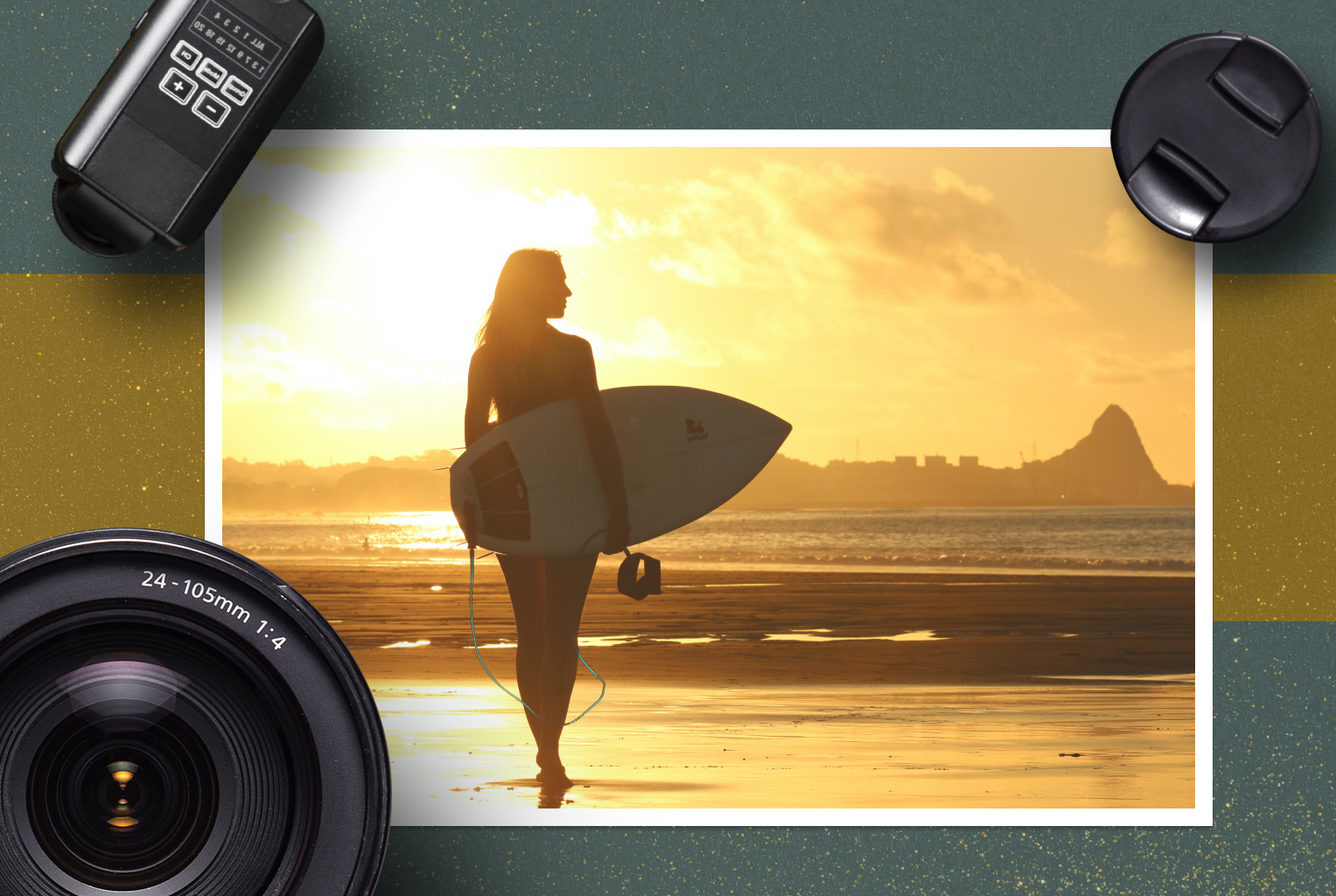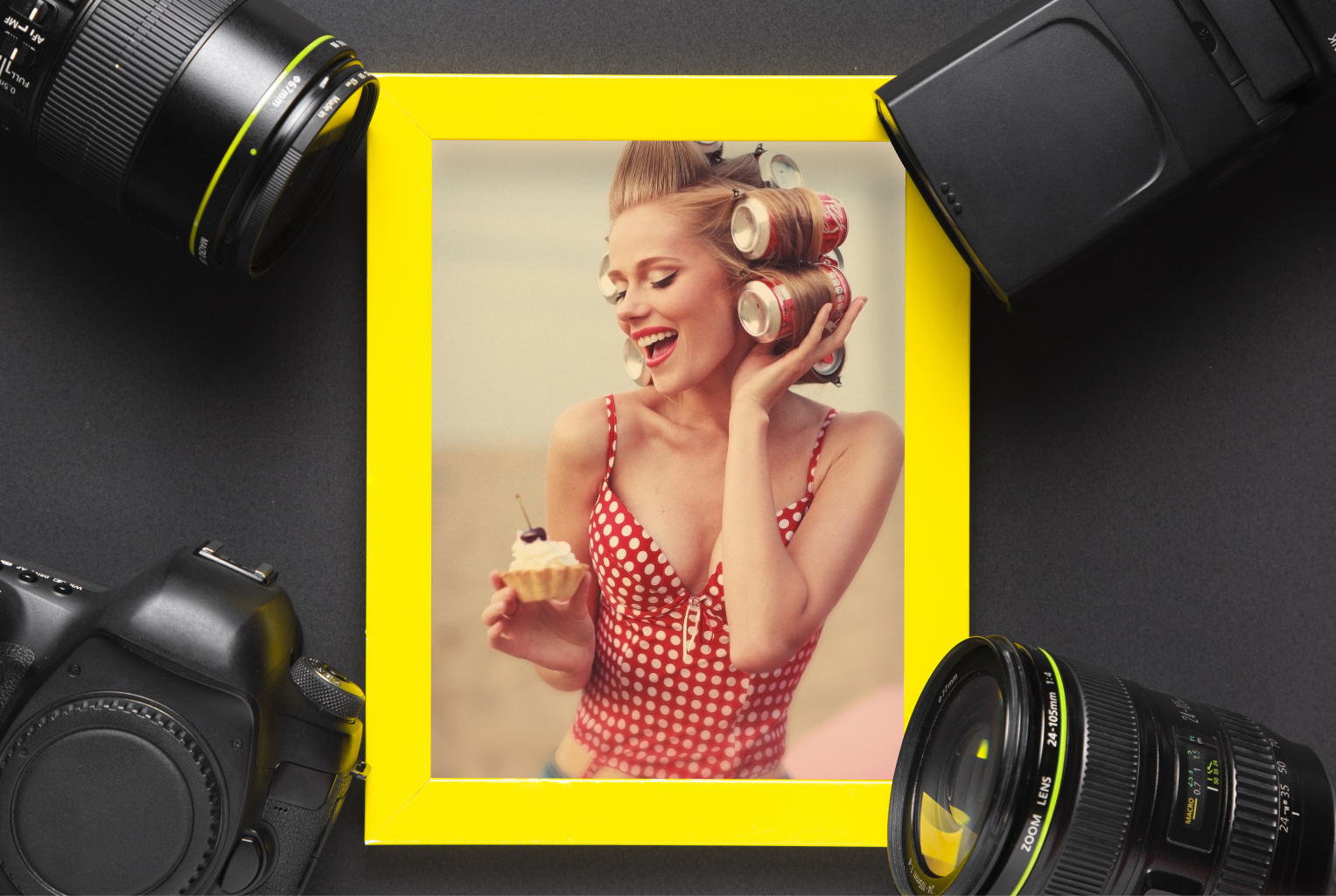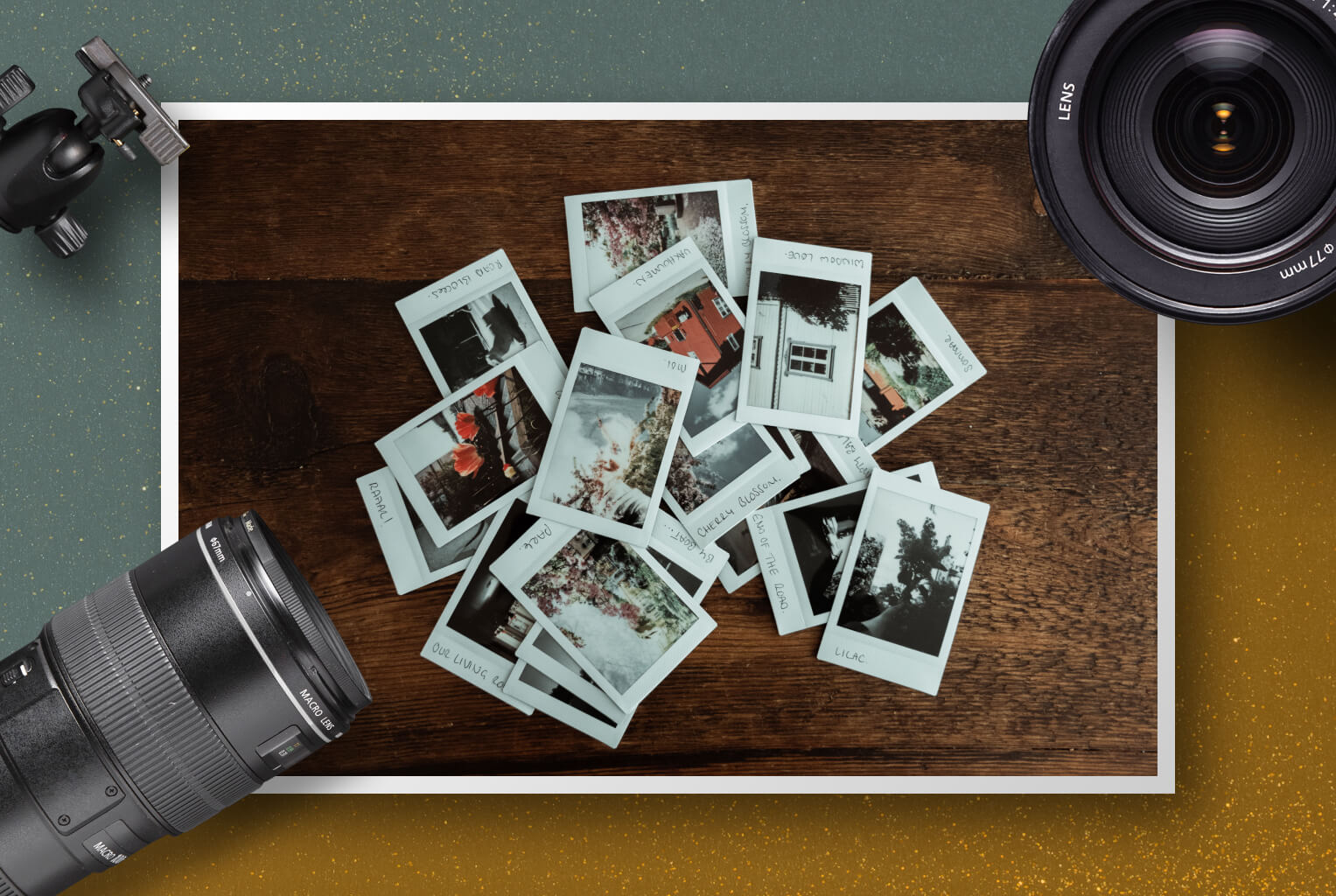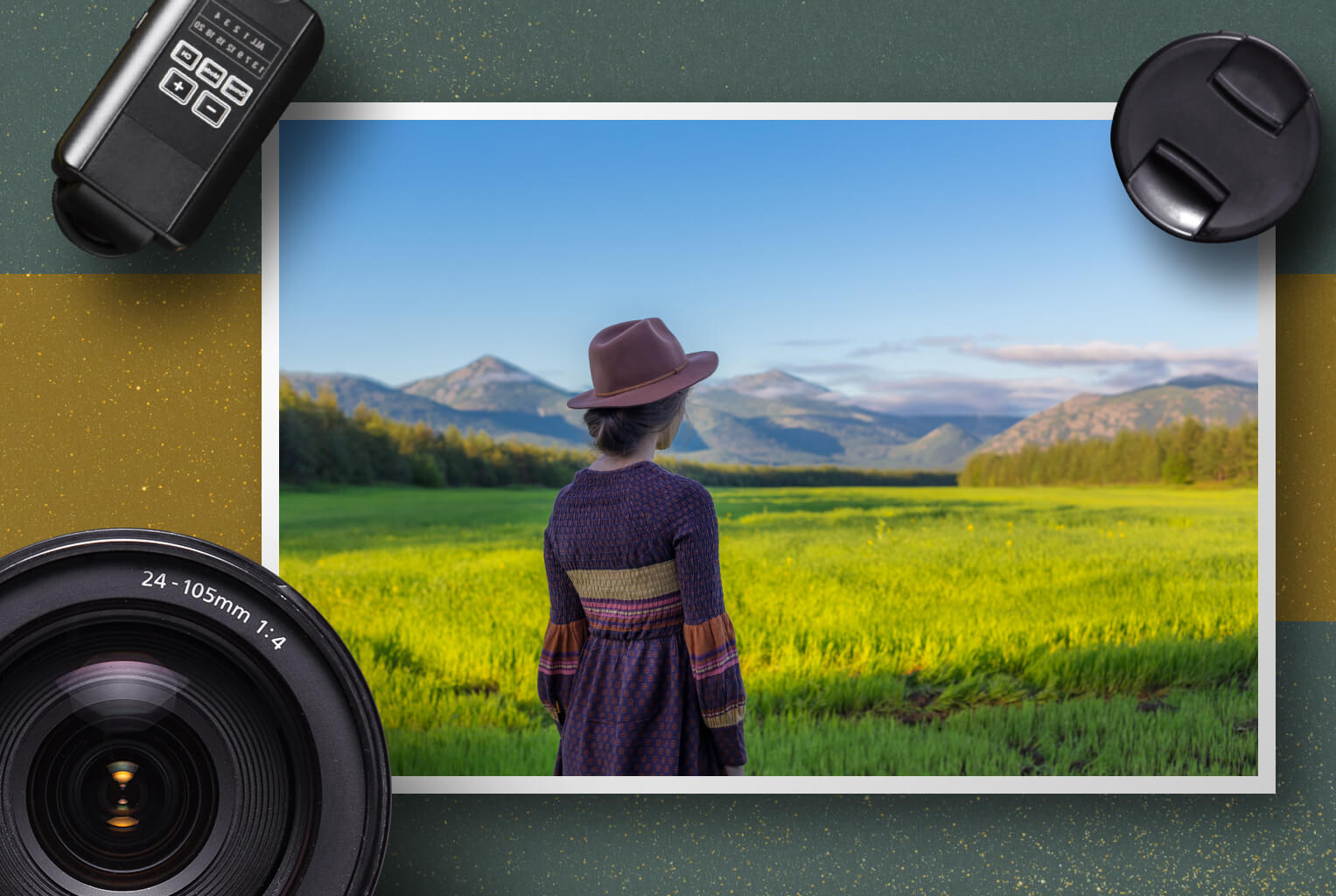
Working with a ModelTrabajando con un Modelo
During my workshops, I’m often asked how to work with a model during the photoshoot. Leaning on my own big experience in dealing with the models, I can say exactly what can cause a real trouble during the photoshoot:
- The photographer is not ready for the photoshoot and has no idea what to do and how to do it. Photographer’s unconfidence and perplexity are transmitted to the model, and the confidence in good photoshoot outcomes is gone. Hence, the mood gets spoiled, the model doesn’t feel like posing and doesn’t show appropriate emotions.
- The photographer is afraid of the model (her high rating, work experience, etc.). The model feels it immediately and can take the lead, which may only bother the photographer during the photoshoot.
- The photographer requires of the model something that hasn’t been discussed in advance. Due to this, the model can feel uncomfortable. As a result, she will be constrained and closed. Hence, her posing and emotions may vary from what’s needed for the photoshoot.
My own tips on working with the models:
- Make sure you discuss with the model all photoshoot details in advance: her character, location, clothing, emotions, etc. The more the model is aware of the upcoming photoshoot, the better she will prepare and tune herself into work.
- Prepare properly for the photoshoot and your work with the model. From the start, the photographer has to know how the model should be posing, what she should be doing, where she should be looking at, etc. I suggest that you in advance save pose sketches, pictures or photos made by other photographers on your smartphone and use them as references. This will significantly facilitate your work, which is particularly relevant for beginner photographers.
- Both the photographer, and the model should keep in mind the fact that the photographer is in charge of the photoshoot. The model should be ruled with confidence so that she knows and feels that the photographer is highly professional, well-prepared and well-aware of their job.
- The words of support and appreciation are also important. Don’t forget to tell the model how beautiful she is and how the character fits her. This will motivate her to do her best to get high-quality photos.
- Be forward-thinking! The model will appreciate it if you take care of her comfort during your cooperation. Depending on the filming conditions, think thoroughly. For instance, if the weather is cold, it’s good to have some hot tea to keep warm. If you run the photoshoot in the field, bring some water to wash the feet…
If you treat the model with respect, she will feel comfortable working with you, which will positively affect the results of your cooperation and your future shared projects.
Durante mis talleres, a menudo me preguntan cómo trabajar con una modelo durante la sesión de fotos. Apoyándome en mi gran experiencia en el trato con modelos, puedo decir exactamente qué puede causar un verdadero problema durante la sesión de fotos:
- El fotógrafo no está preparado para la sesión de fotos y no tiene idea de qué hacer ni cómo hacerlo. La desconfianza y la perplejidad del fotógrafo se transmiten a la modelo y la confianza en los buenos resultados de la sesión fotográfica desaparece. Por lo tanto, el estado de ánimo se estropea, la modelo no tiene ganas de posar y no muestra las emociones adecuadas.
- El fotógrafo tiene miedo de la modelo (su alta calificación, experiencia laboral, etc.). La modelo lo siente inmediatamente y puede tomar la iniciativa, lo que sólo puede molestar al fotógrafo durante la sesión de fotos.
- El fotógrafo exige de la modelo algo que no se ha comentado de antemano. Debido a esto, el modelo puede sentirse incómodo. Como resultado, estará constreñida y cerrada. Por lo tanto, su pose y emociones pueden variar de lo necesario para la sesión de fotos.
Mis propios consejos para trabajar con los modelos:
- Asegúrate de discutir con la modelo todos los detalles de la sesión de fotos con anticipación: su personaje, ubicación, ropa, emociones, etc. Cuanto más consciente esté la modelo de la próxima sesión de fotos, mejor se preparará y se sintonizará con el trabajo.
- Prepárate adecuadamente para la sesión de fotos y tu trabajo con la modelo. Desde el principio, el fotógrafo tiene que saber cómo debe posar la modelo, qué debe estar haciendo, hacia dónde debe mirar, etc. Te sugiero que guardes de antemano bocetos de poses, fotografías o fotografías hechas por otros fotógrafos en tu smartphone y utilizarlos como referencia. Esto facilitará significativamente su trabajo, lo cual es especialmente relevante para los fotógrafos principiantes.
- Tanto el fotógrafo como la modelo deben tener en cuenta que el fotógrafo es el encargado de la sesión de fotos. La modelo debe manejarse con confianza para que sepa y sienta que el fotógrafo es muy profesional, bien preparado y consciente de su trabajo.
- Las palabras de apoyo y agradecimiento también son importantes. No olvides decirle a la modelo lo hermosa que es y cómo le queda el personaje. Esto la motivará a hacer todo lo posible para obtener fotografías de alta calidad.
- ¡Sea previsor! La modelo te agradecerá que cuides su comodidad durante tu cooperación. Dependiendo de las condiciones de filmación, piénselo detenidamente. Por ejemplo, si hace frío, es bueno tomar un poco de té caliente para mantener el calor. Si realizas la sesión de fotos en el campo, lleva un poco de agua para lavarte los pies…
Si tratas a la modelo con respeto, ella se sentirá cómoda trabajando contigo, lo que afectará positivamente los resultados de tu cooperación y tus futuros proyectos compartidos.
Artistas
Información
Todos los derechos para el contenido gráfico completo y/o parcial (fotos, videos, ilustraciones), tramas/historias, materiales de texto individuales, archivos de audio/contenido de audio, el código de programa correspondiente, que se utilizaron y/o están siendo utilizados en la aplicación móvil "NYMF" y/o todos sus cambios originales, adiciones, modificaciones y también en los servicios https://dubnitskiy.com, https://nymf.com son el resultado de la creatividad individual y pertenecen a D.I. Dubnitskiy (bajo el seudónimo de David Dubnitskiy).
Aviso de Derechos de Autor.
